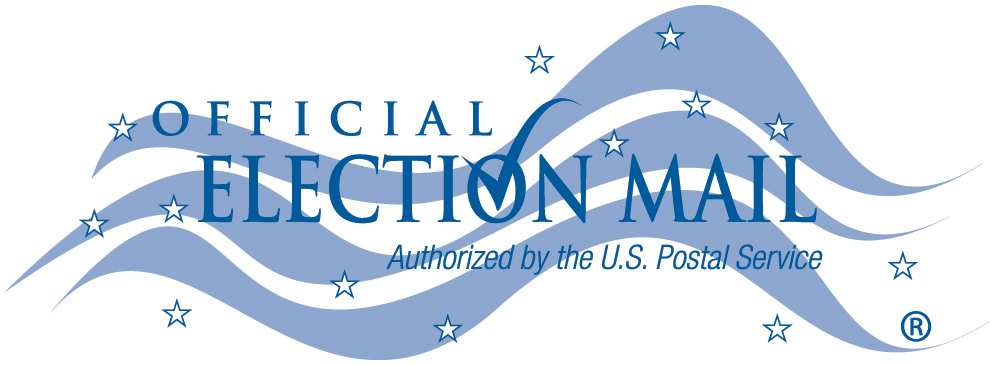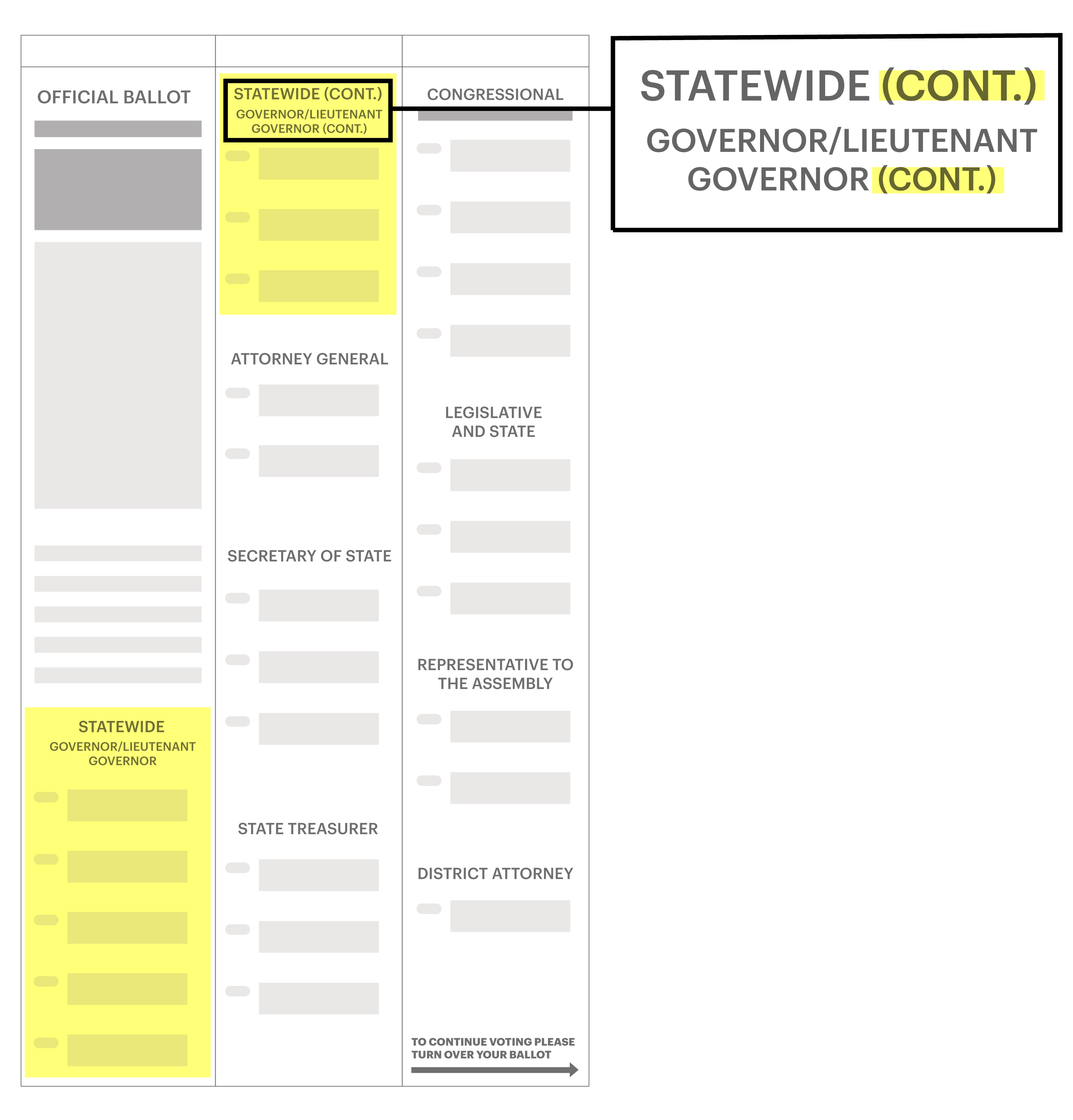
The Informed Voter’s Guide to Making Sure Your Vote Counts
Worried about voting? Here’s what to know before you go.
by Ally J. Levine, October 30, 2018
From news of malfunctioning machines and registration purges to ominous tweets from the president about voter fraud, there are plenty of reasons to be anxious about what you might face when you go to the polls on Election Day. But don’t let the chaos psych you out of exercising your right to vote. The system may be a little turbulent, but American elections are generally well run, and if you’re eligible, the overwhelming likelihood is that you will be able to vote. You may even get a free sticker.
We talked with election officials and voting experts to identify the most common issues voters face, and we’ve put together a handy guide to making sure they don’t happen to you.
ProPublica’s Electionland project tracks problems that prevent people from voting.
If you witness issues in your area, here’s how to let us know:
- Text VOTE to 81380
- Send us a WhatsApp at 850-909-8683
- Message us on Facebook at http://m.me/electionland
In This Guide
Where do you vote?

Double Check Your Registration
In every state except North Dakota, you have to be registered in order to vote. States and counties are supposed to remove from their registered voter rolls inactive voters and people who have died or moved. The process can be imperfect, and people can be removed from the rolls who still intend to vote.
Issues with registration are among the most common problems voters face at the polls — 65 percent of calls received by a tip line set up in 2016 by the National Association of Latino Elected and Appointed Officials were about issues with voter registration.
When you show up to vote, a poll worker checks that your name and correct information are on the voter roll. In many counties, you can check whether you are registered through your county or city municipal website.
What You Can Do Now
Check a Website to Make Sure You’re Registered
If you think you’re registered but haven’t voted in a while, check to make sure you haven’t been taken off the rolls. A recent Supreme Court case, Husted v. A. Philip Randolph Institute, upheld the ability of election jurisdictions to remove from the voter rolls people who haven’t voted in years and who did not heed warnings sent by mail. If you’ve voted in the last few elections, it’s very unlikely this has happened to you, but there’s a way to find out if it has.
What to Do if You’ve Been “Purged”
If you’re in one of the 17 states with same-day registration, you should be able to simply re-register and vote as you normally would. If your registration has been deactivated and the deadline to register has passed, you can still vote through a provisional ballot. In this case, you should go to the polling location designated for your home address and ask to submit a provisional ballot. If the personal information on your provisional ballot, like your name and address, match the details of your previous registration, you will likely be automatically re-registered, according to Tammy Patrick, a former election official who is now a senior adviser at the Democracy Fund.
You should bring some proof of registration to the polls if you have it. Proof of registration includes your registration card, a confirmation of registration or the carbon copy of the registration form if you filled it out by hand. These items help to show that you were at one point registered and eligible to vote.
You can read more about voting provisionally below.
What You Can Do When You Go to Vote
Bring Your Registration Card
Your unique voter ID number is very useful if there’s an issue with your registration when you show up to vote. You are assigned this number when your registration is confirmed. If you have your voter card, great. If not, print out a screenshot of your registration confirmation from your election jurisdiction website. Bring it with you when you vote. The most important element is your voter ID number. Poll workers can use voter ID numbers to check databases for information when there are registration problems.

Know Your State’s ID Requirements
Thirty-four states request or require that you present some form of ID card when you vote. In some states, you can fill out a form saying that you couldn’t get an ID in time to vote. So-called “strict ID” states will only let you vote using a provisional ballot if you lack an acceptable form of ID. In these states, you might need to take further action to make sure your ballot is counted, like returning to the polling place with the proper form of ID.
What You Can Do Now

Take a few minutes and figure out your state’s ID requirements
Experts say that voters are poorly informed about what ID is required, and many who decide not to vote because they think they don’t have an acceptable ID actually do. Don’t give up hope! You can find out the ID requirements in your state below (data courtesy of the League of Women Voters). Read them carefully!

Know Where You’re Going
Another way to prepare yourself is to make sure you’ve got accurate information about where you vote. Polling places can change, so make sure ahead of time that you’re showing up at the right location. Even if you’ve voted in the same place for decades, it’s worth checking. You can minimize mistakes by learning basic information ahead of time. Checking your polling place is super simple. You can do a Google search for “Where do I vote” or click the button below, and we’ll do it for you.
What You Can Do Now
Make Sure You Know
- Your polling location
- The hours of operation at that polling place
- If the polling place is large, where parking is available, and which building contains the voting machines
What You Can Do When You Vote
Leave Extra Time!
If you find yourself in the wrong polling place, the best thing to do is to leave and go where you’re supposed to vote. Leave yourself enough time that you can still make it even if you have to go to a different polling place and wait in line again.
Patrick said that it’s easy to underestimate the amount of time it will take to vote and that voters should give themselves plenty of time to find the right building and cast their ballot.

Long Lines
While we’re on the subject of long lines: Election officials are expecting heavy turnout on Election Day. Experts say that wait times longer than a half hour will cause some voters to abandon the effort. Don’t let that happen to you!
If you tend to vote after work, you can expect to be able to vote even if the line looks like it is so long you’ll still be in it after polls have closed. Most states have laws protecting this right, explaining exactly how the last person in line is determined, and poll workers are instructed to allow every person already in line when the polls close to vote.

Beware of Misinformation
Misinformation about voting is a common dirty trick in campaigns going back generations. Be on the lookout for fraudulent mailers, flyers, robocalls and especially SMS messages.
Claire Wardle, head of First Draft, a group that researches and combats misinformation, warns about social media posts pushing false or misleading information: “This might be rumors that you can stay at home and vote via text message. It might be old images of protests at poll stations, suggesting it would be difficult or dangerous to vote. There might be fabricated videos showing voting machines displaying the wrong name when someone goes to vote. If you see any information connected to how you can vote, double-check the source. Don’t re-share that information.”
First Draft is a partner on ProPublica’s Electionland project.
Voters whose native language is not English may be especially vulnerable, and they may also have to deal with poor translations of important voting information.
You should rely on trustworthy sources of information, as well as official documents.
What You Can Do Now
Know Your Info
You can fight bad information by knowing the right information. If you’ve read the previous section, you are already on your way to doing that! All voters should know their polling location, hours of operation and ID requirements.
Where to Get That Info
Refer to official government websites for translated information. While these sites make mistakes, those errors are likely to be caught by advocacy groups and corrected.
On election information you get in the mail, look for the official election mail logo. The U.S. Postal Service only allows this logo on materials sent by authorized election officials. It cannot be used for political purposes by campaigns.


Find Out What’s on Your Ballot Right Now
You might be surprised on Election Day when you see just how much is on your ballot. Some states have local judicial elections, municipal races and lengthy ballot measures to vote on in addition to candidates. In Florida, some ballots run up to five pages long. These are potential laws that will affect you, so it is in your best interest to make an informed decision! You can take the time to read a sample ballot today and have a game plan ready when you enter the voting booth.
What You Can Do Now
Check BallotReady
BallotReady is a nonpartisan voting information website where you can look up a sample ballot for your jurisdiction. If you can’t find your sample ballot there, you can find one on your state or county election website.
Do a Dress Rehearsal
If you’re especially nervous about what to do once you get to your polling place, you might be able to get some practice. Many local election boards have an extra voting machine that anyone can come check out before they vote. Give them a call to see if they have a machine you can come try. But be patient — this is their busiest season, especially if early voting has begun in your state.
The User’s Guide to Democracy
You can also join ProPublica’s User’s Guide to Democracy email list. This personalized newsletter shows how Congress and elections really work, helping you become more engaged in this election and beyond. You can sign up below.
When You Vote
Follow Directions When Filling Out Your Ballot
Poorly designed ballots can be confusing. If you’re voting on a paper ballot, the Center for Civic Design outlines three common mistakes to be aware of.
- Missed candidate names
- Missed voting choices on the back of ballots
- Incorrectly marked selections
According to the CCD, voters can miss candidates when the list is so long that it’s split into two columns. Make sure you aren’t missing any candidates before you select one.

If your ballot is just a single page, turn it over. There could be more on the other side.

Read the directions to know the proper way to mark your ballot. Some voters will mark a “check” when they should actually fill in the box completely.

Sometimes, selecting more than one candidate in a race will void your vote. If you accidentally mark the wrong candidate, don’t try to correct it yourself. Let a poll worker know. They should be able to void your ballot and give you a new one.
But also be aware that you might need to choose more than one candidate in a race. This is sometimes the case in races to pick judges.

Access the Ballot if You’re Disabled
Every polling place must comply with the Americans With Disabilities Act. If the building the polling place is in isn’t accessible, the law requires that the jurisdiction provide an alternative such as curbside voting. Building access and a lack of poll-worker training on ADA-compliant voting machines can provide extra challenges for voters needing assistance.
What You Can Do When You Vote
Every polling place must have an ADA-compliant voting machine. Even if your polling place uses paper ballots, there should be a ballot-marking device for those who need it
If it is not offered to you, you can ask for it. If the machine is not working, you should let the poll workers know. If the poll workers do not know how to use the machine, you should contact the election director for your county and make them aware of the situation.

Vote Provisionally if You Must
If you think you've done everything right but are stopped from voting, don’t give up! Federal law requires poll workers to offer a provisional or affidavit ballot to voters who can’t vote the conventional way. If the error that kept you from voting is cleared up, the provisional ballot will have the same effect as a regular ballot. It will be verified to ensure you are indeed eligible to vote in that district.
But the provisional ballot is not fail-safe. It will only count if it turns out you are eligible and registered. If you voted at the wrong polling place, whether or not your provisional ballot is counted based on your state’s laws. Maine is the only state that will count your entire ballot regardless of where you voted. Other states will only count your votes on the races that you would have been eligible to vote in based on where you are registered. Many states will not count the ballot at all. Since there are many local races in the midterms, it is important to vote in the correct polling location.
You might have to take some action in order for your provisional ballot to count. That could include going to the board of election office with proper ID within a specified period of time after the election. So after submitting your provisional ballot, you should follow up to make sure you’ve completed whatever action is required.
You should also follow up with the election office to find out if your ballot was counted. You can use the receipt you are given when you submit your provisional ballot to follow up after the election and check the status of your ballot.

If All Else Fails, Call for Help
If there are any issues you encounter when you vote, you should make your poll workers aware of the situation and give them a chance to fix it, said Genya Coulter, who is a precinct clerk in Florida.
There are resources available if, despite your preparation, you still can’t vote. The political parties usually operate voter hotlines, and an avowedly nonpartisan group called Election Protection operates a call center anybody can contact to get advice.
Republican Voter Hotline: The Republican Party is not operating a national voting problems hotline this year, but it directs voters to contact state and county Republican Party officials.
Democratic Voter Hotline: 833-336-8683
Election Protection Hotlines:
- 866-OUR-VOTE run by the Lawyers’ Committee for Civil Rights Under Law (who provides data to Electionland)
- 888-Ve-Y-Vota (Spanish) run by the NALEO Educational Fund
- 844-Yalla-US (Arabic/English) run by the Arab American Institute
- 888-API-VOTE run by Asian and Pacific Islander Vote and Asian Americans Advancing Justice
How to Report Problems to Electionland
Electionland is a coalition of hundreds of newsrooms around the country that is monitoring all of the problems outlined in this guide, now through Election Day. Led by ProPublica, Electionland uses data and technology to track any issues that can prevent voters from casting their ballots — including long lines, registration problems, purged voter rolls, broken machines, voter intimidation, misinformation, changed voting locations and more — nationwide and in real time. We need your help to do it.
Here’s how to let us know if you encountered anything that stopped you or others from casting a ballot:
- Text VOTE to 81380
- Message us on WhatsApp at 850-909-8683
- Message us on Facebook at m.me/electionland
- Tweet at us @Electionland
In 2016, the Electionland coalition went through thousands of tips from a legal call center hotline, as well as thousands of text messages and social media posts from voters like you. Local journalists around the country reported 400 stories and helped bring attention to voting problems that were fixed before polls closed.
This year, if you see something, say something. We’re listening.
Additional reporting by Cynthia Gordy Giwa.